Bolesławiec County
8.44

Overview
Bolesławiec County, located in the Lower Silesian Voivodeship, was established in 1999 and is known for its rich history dating back to the times of the Lechitic tribes, including the Bobrzanie tribe. The city of Bolesławiec, the county's capital, was granted town rights in 1190. The region was under Czech and later Austrian influence, which contributed to the influx of German settlers. The county is home to numerous architectural monuments, including the medieval Grodziec Castle and the Gothic Church of the Assumption of the Blessed Virgin Mary in Bolesławiec, a well-known sanctuary. Visitors can also admire the 1846 railway viaduct, considered one of the longest in Poland, and a former gymnasium transformed into the seat of the district court. The city is famous for its ceramic craftsmanship, linked to the local pottery industry that began in the 16th century. During the Napoleonic era, the region witnessed significant military events, and Bolesławiec hosted Napoleon himself. Natural attractions, such as the Kwisa River Gorge and the Borówki Peat Bog Reserve, draw nature enthusiasts. Bolesławiec County also boasts rich cultural traditions, being the birthplace of many notable figures, including the German poet Martin Opitz and composer Józef Schnabel. Its history, development, and culture make it an intriguing destination for tourists and history researchers alike.
Location
Country
You can also find here:
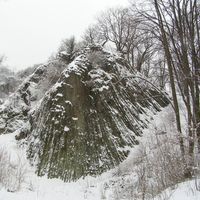
Kaczawskie Foothills
7.54

Evangelical Church in Żeliszów
7.48
Nowogrodziec Deanery
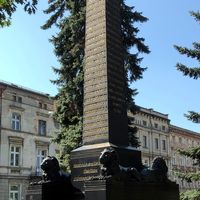
Bolesławiec
7.24
Bolesławiec West Deanery

Bolesławiec
6.98
Bolesławiec East Deanery

Upper Raciborowice
6.81
Bolesławiec East Deanery
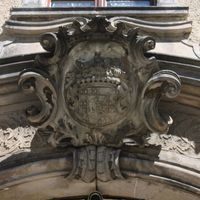
Kliczków Castle
6.77
Bolesławiec West Deanery
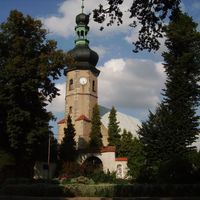
Nowogrodziec
6.76
Nowogrodziec Deanery

Railway viaduct in Bolesławiec
6.7
Bolesławiec West Deanery

Bolesławiec West Deanery
6.49
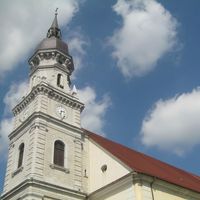
Nowogrodziec Deanery
6.49
2025 Wizytor | All Rights Reserved